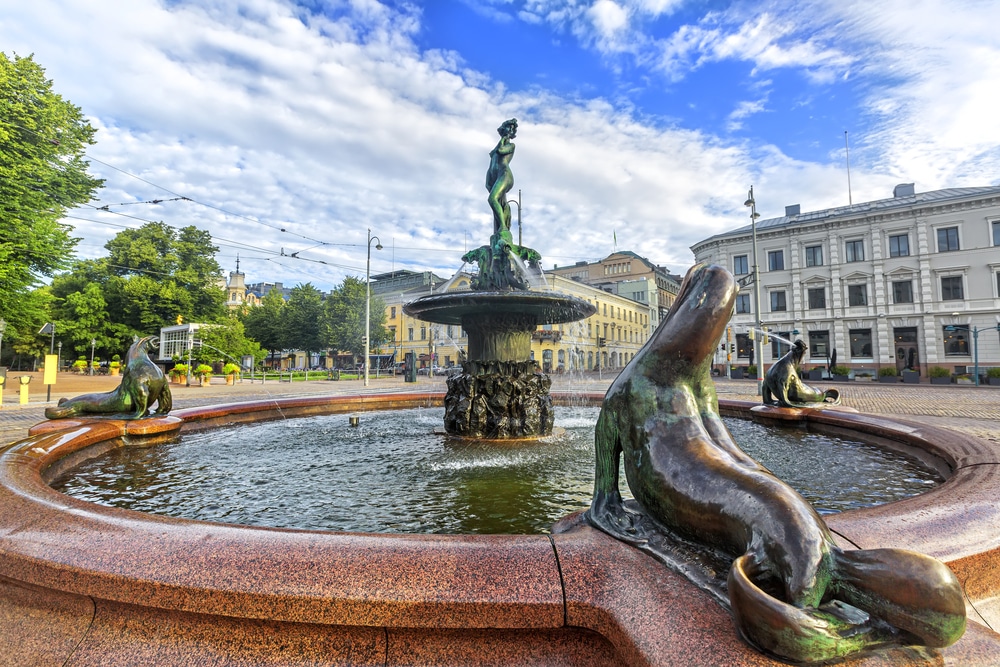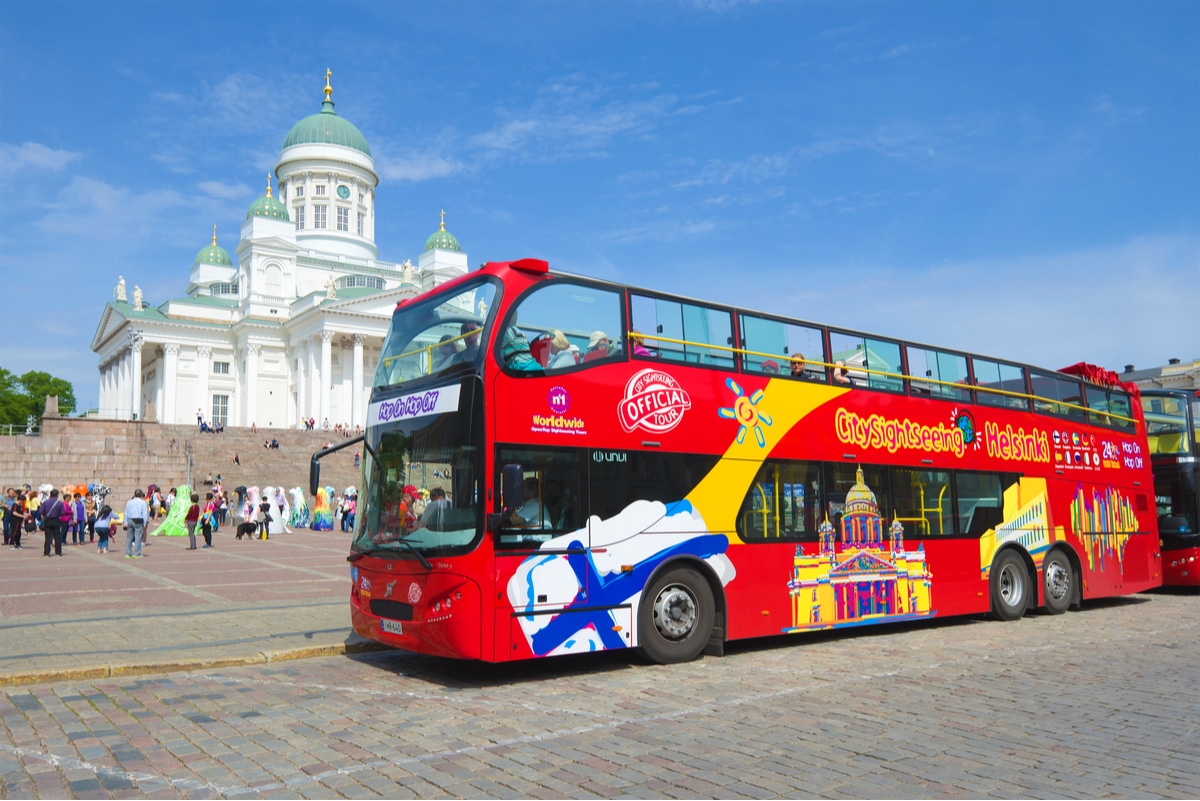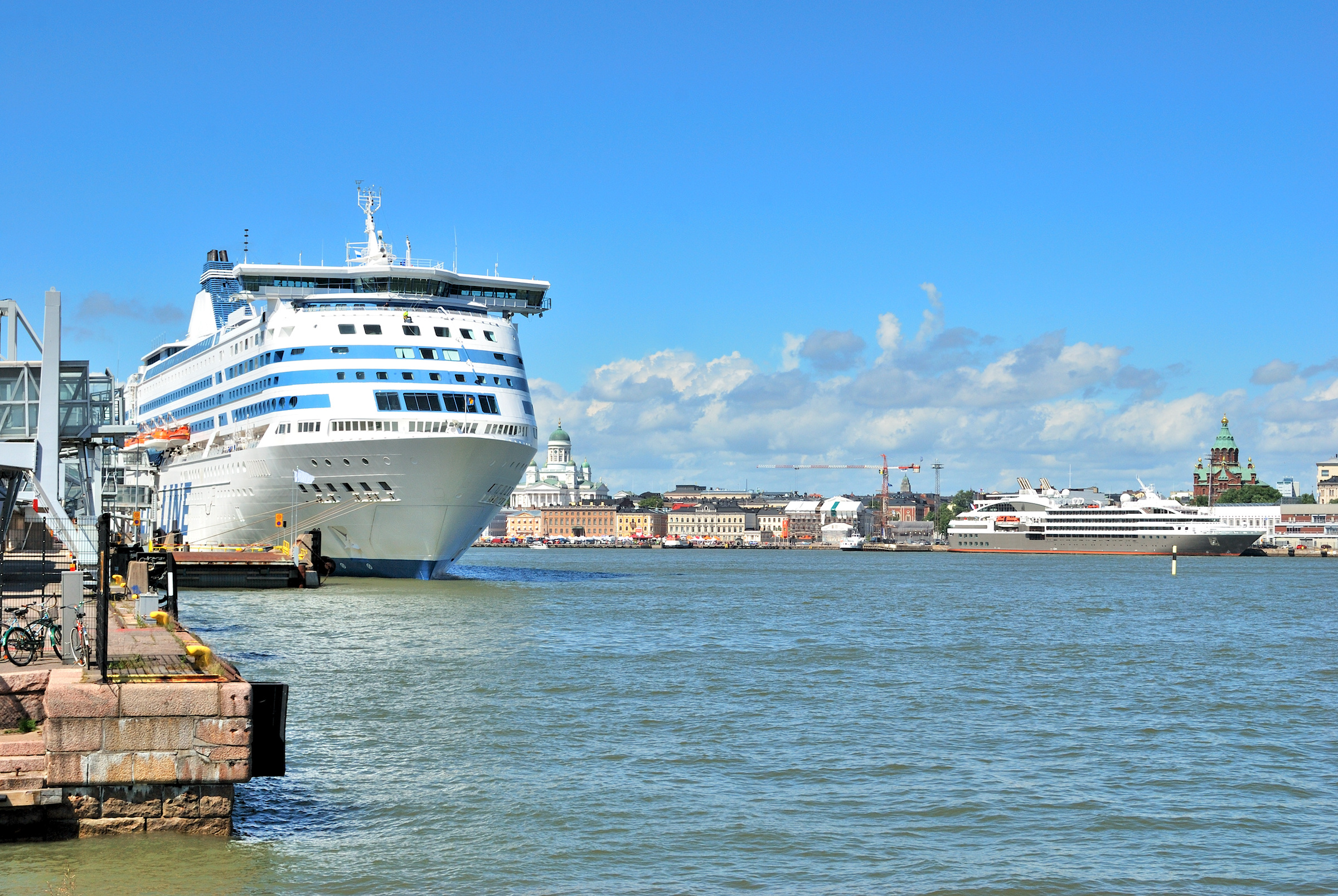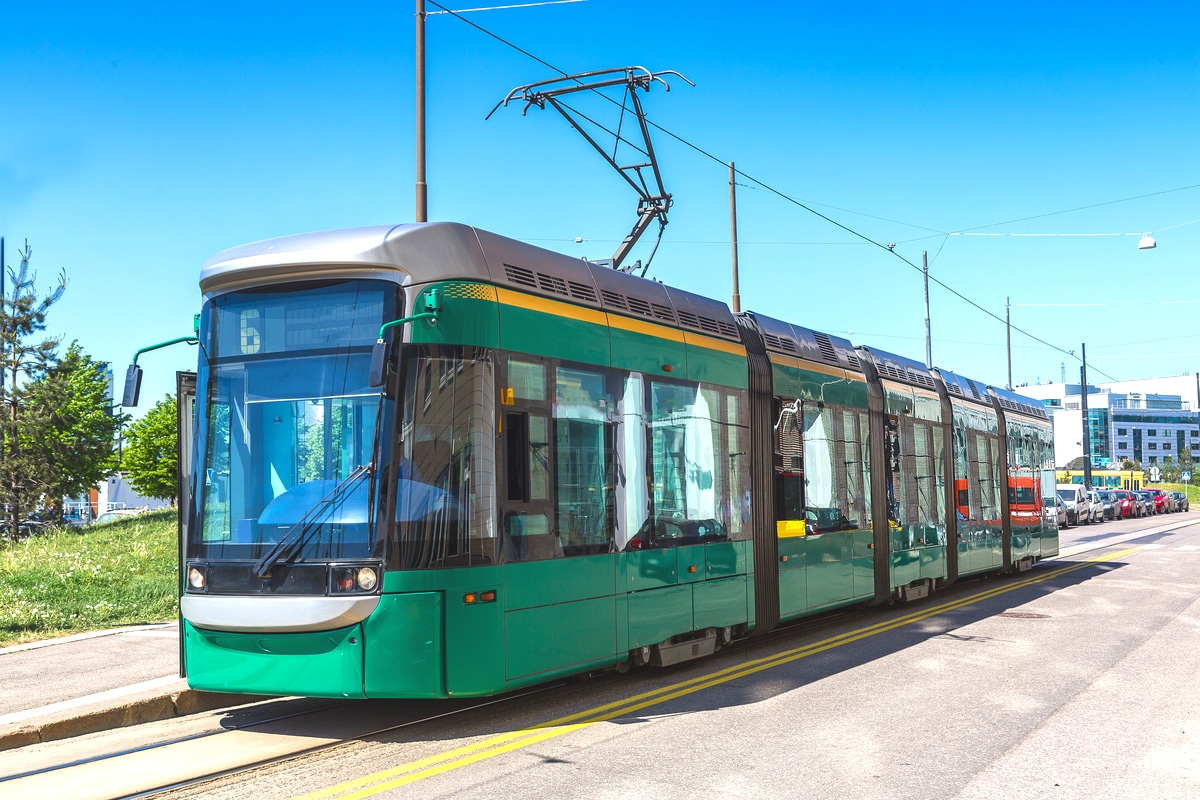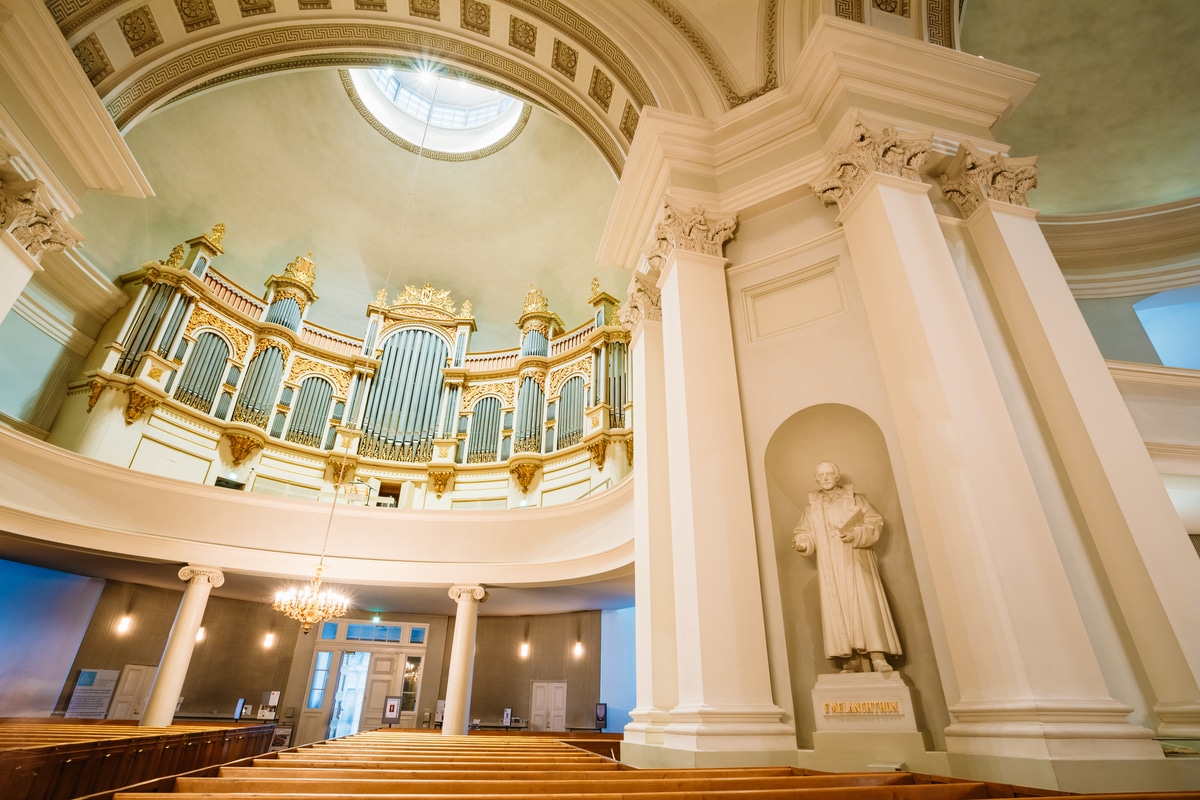Finlandia Hall is a concert and congress hall in the centre of Helsinki. It was built by Alvar Aalto in the modern, typically Finnish functionalism.
The building, which was constructed from 1967 to 1971, has a very functionalist design, both externally and internally. An additional conference wing was added in 1975. The exterior is dominated by the Italian Carrara marble, with which almost the entire exterior façade is clad. The covex and concave shapes that adorn the north façade are striking. At first glance, it also looks as if the hall and the tower of the National Museum, which is located on the opposite side of the street, are touching. As also parts of the interior were arranged by Alvar Aalto and he designed some pieces of furniture, the style of the functionalism can also be found here.
Concert and congress hall at the same time
Due to the unusual architecture, the acoustics inside Finlandia Hall are unique. For example, the Helsinki Philharmonic Orchestra often gives concerts there, but ballet performances also take place, as well as other classical performances. Besides other cultural exhibitions, events and information lectures, the hall is also used for national and international congresses. The most important ones took place in 1975, when the first European Conference on Security and Cooperation was held there and the CSCE Final Act was signed, including the agreement on human rights, and in 2006, when the heads of government of the European Union met there. Every year it hosts 200 concerts and as many as 300 congresses.
The surroundings
Finlania Hall was built in the beautiful area of Töölönlahti Bay. It is situated right by the sea, so you can walk from the building via a park directly to the southern shore of the bay with small cottages reminiscent of the villa of the children's book heroine Pippi Longstocking. The National Museum is located opposite and also the Kiasma Museum, which is also in a modern style and presents contemporary art, is in the immediate vicinity.
The architect Alvar Aalto
Alvar Aalto was born in Finland and studied architecture in Helsinki. However, after initially failing to find success in Helsinki, he opened an architectural practice in his hometown in 1923. With his first wife and assistant Aino, he traveled between 1926 and 1928 to Denmark, Sweden, and France, among other places, finding much inspiration there and developing lifelong friendships with other famous architects, such as the Swede Gunnar Asplund.
These years were seminal for his career, as he received many important commissions during this period, including the construction of the Viipuri City Library, for which he received worldwide recognition. In 1933 the office finally moved to Helsinki. In Germany, for example, St. Stephen's Church in Wolfsburg was later built according to his plans. Aalto also founded a furniture company and taught at Cambridge University. With Aino, the architect had two children early on, daughter Hanni and son Hamilkar. After the death of his first wife, he married Elissa Mäkiniemi, who also contributed to his designs.
Alvar Aalto died only a few months after the final completion of Finlandia Halla on May 11, 1976. He was a pioneer of modern architectural style and is considered a developer of functionalism.

